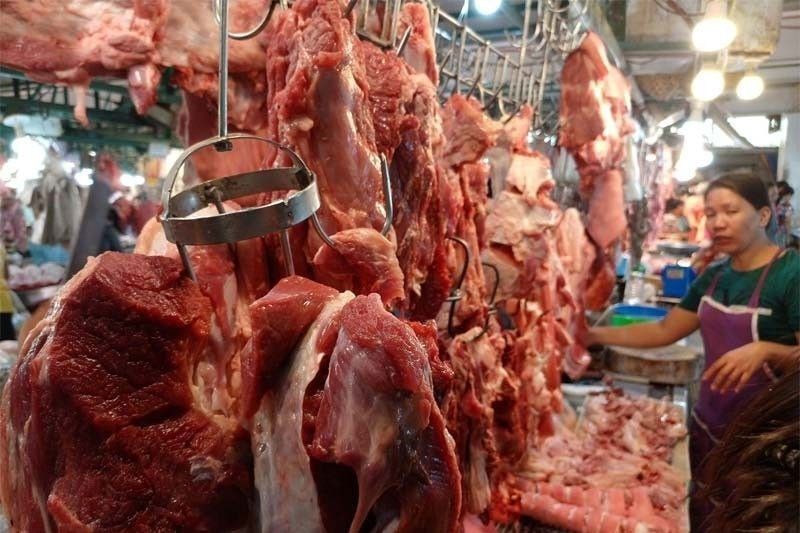Hog industry to struggle amid tariff extension

MANILA, Philippines — The local hog industry faces a challenging outlook as it enters 2024, grappling with waning confidence in boosting local production following the recent endorsement from the board of the National Economic and Development Authority (NEDA) to extend low pork tariffs.
“In 2024, the scenario for pork is expected be the same as 2023, with the possibility of overall year-end negative growth,” Rolando Tambago, president of the Pork Producers Federation of the Philippines Inc. (ProPork), said in a text message.
“Local producers’ confidence to increase output is generally further affected due to the recent extension of reduced tariffs for pork,” he said.
The NEDA Board endorsed the proposed extension of low tariff rates until the end of 2024, which will be reviewed on a semestral basis, to ensure adequate supply and stable prices of these commodities.
Currently, importers enjoy 15 percent in-quota and 25 percent out quota tariff rates for pork, reduced tariff of 35 percent on imported rice, five percent in-quota tariffs on corn, and zero tariff on coal until Dec. 31 under Executive Order (EO) 10.
The tariff rates were supposed to revert to 30 percent in-quota and 40 percent out quota for pork, to 40 percent in-quota and 50 percent out quota for rice, to 35 percent in-quota for corn by Jan. 1, 2024.
ProPork earlier expressed its disappointment with the recent extension of EO 10 until the end of 2024. Importation at reduced tariff for pork has always been the lazy solution of NEDA for almost four years now and it means another year of suffering for local producers. We are with the government to tame down inflation but they should also make tangible efforts on improving local production,” Tambago said earlier.
“However, local hog raisers are still hopeful that the new Secretary of Agriculture, Francisco Tiu Laurel, will steer the local agriculture sector toward promoting production,” Tambago said.
The ProPork chief has warned the government about the declining pork production and increasing prices in Europe and other traditional import sources.
“Yes, importation is just to balance supply but they should address seriously local production as well” he said.
“Reduced tariff did not translate to cheaper pork to consumers, only traders and importers gained from it while killing the local producers,” Tambago said.
According to the federation, the local hog industry has started to recover from the battle against African swine fever (ASF) since 2019. Despite the effects of the COVID-19 pandemic, the impact of the Ukraine-Russia conflict, and the massive pork importation due to extended reduced tariffs, the industry has shown signs of resilience.”
In the third quarter, higher hog production helped drive the increase in the value of production of livestock, which rose by 2.5 percent and contributed 16 percent to the total.
The hog industry grew by 3.3 percent in the third quarter, averaging a growth rate of 3.1 percent from January to September this year.
- Latest
- Trending





























